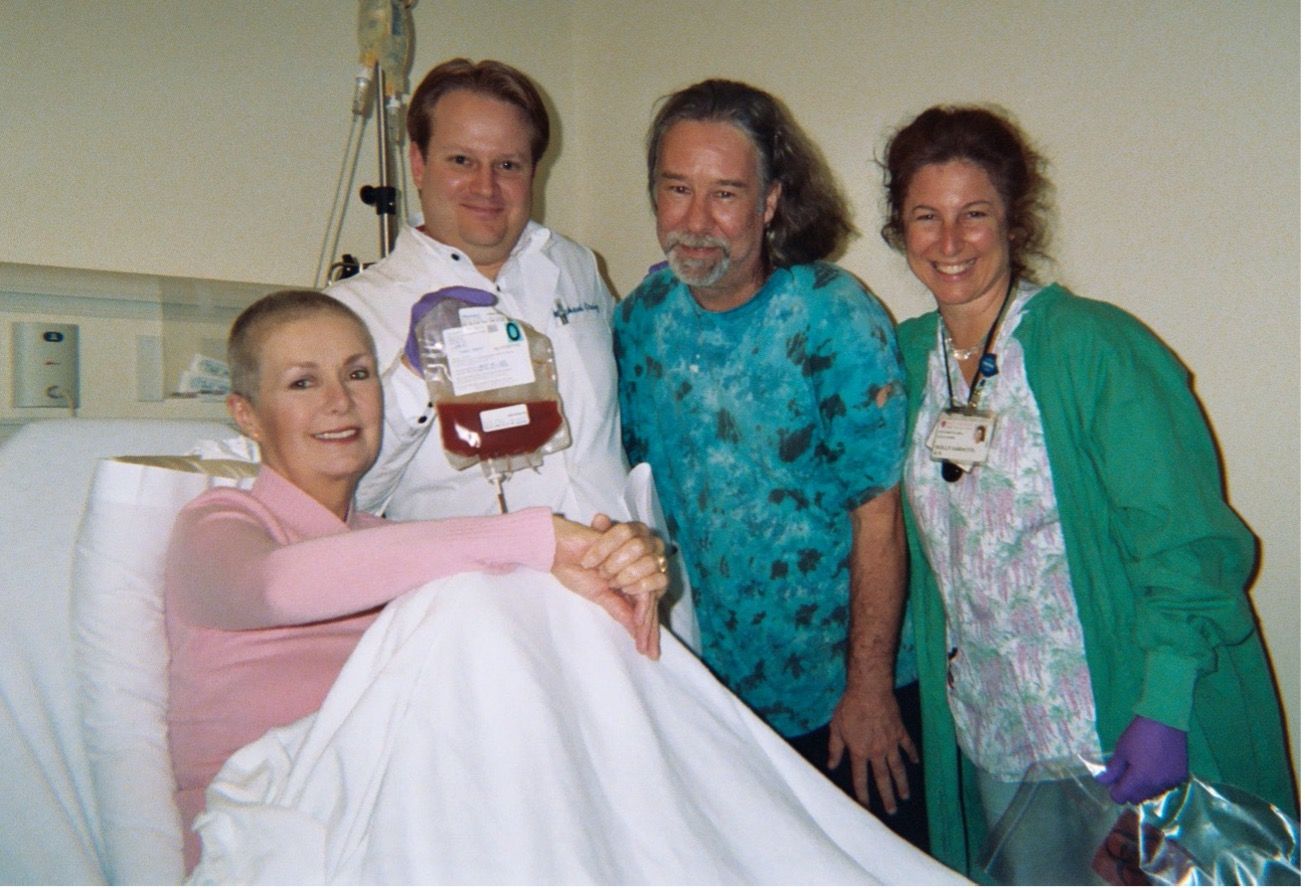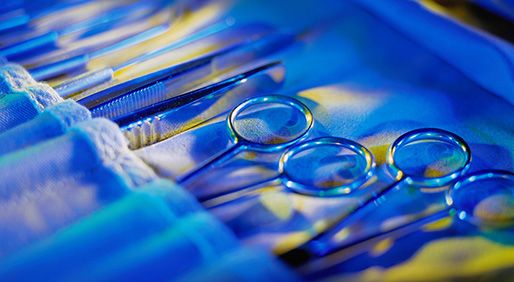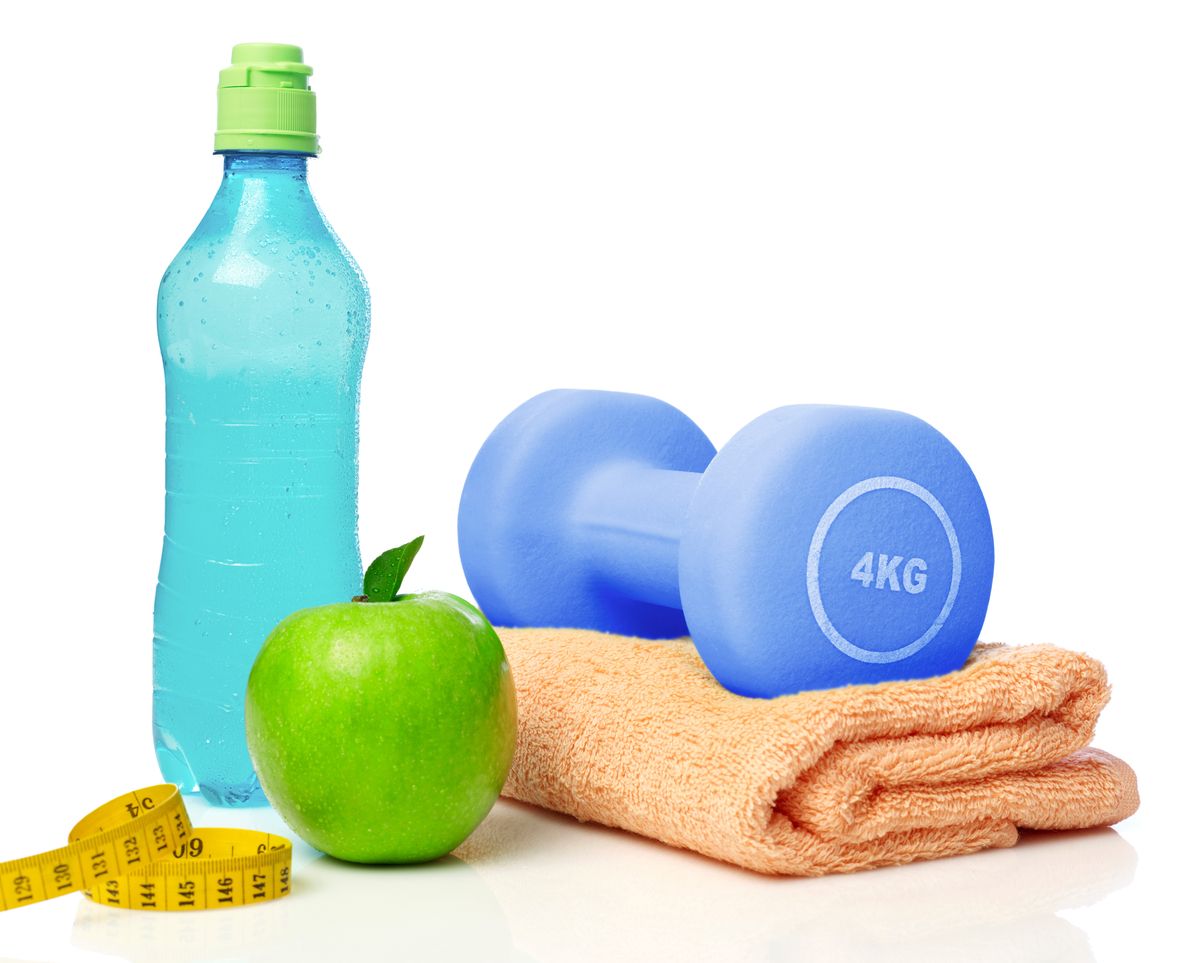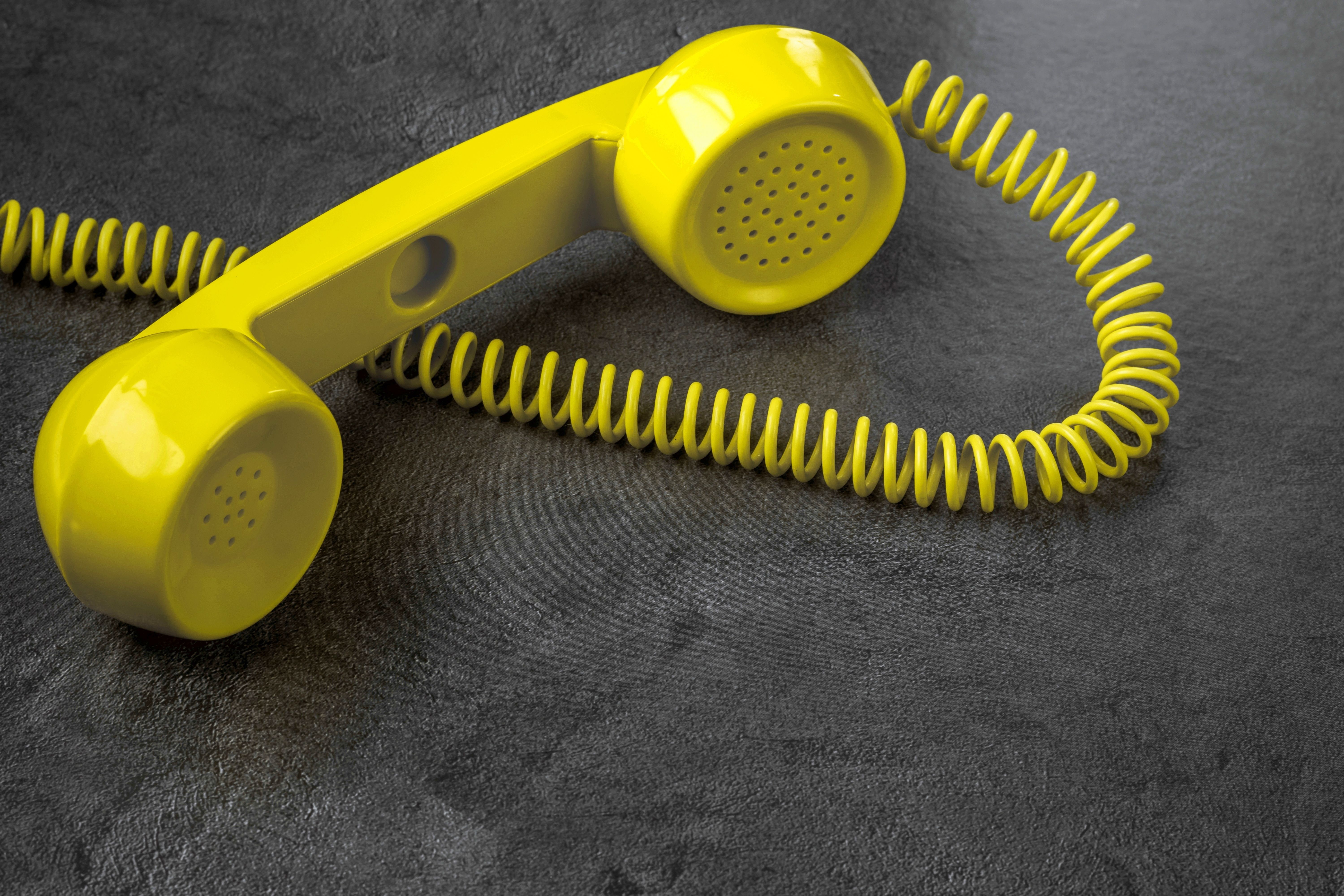Article
An Against-the-Odds Cancer Story Can Be Yours
Author(s):
A cancer survivor explains the miracle of finding out the brother she hadn't seen in 30 years was a genetic match to donate stem cells for her treatment.
I had it all, or thought I did. At 55 — happy in my marriage and at the top of my career — I awoke one morning in damp, tangled sheets. Turning to dislodge my leg, a searing pain shot up my back. I moaned, gasped, then slowly sat. My husband had already left for work in San Francisco. Wincing as I stood, I made my way downstairs — holding tight onto the bannister — and walked to my home office. At my computer, I typed in back pain and my other oddball symptoms: shortness of breath, weight loss and night sweats. In a nanosecond, Google diagnosed a kidney infection. A quick appointment, a bottle of antibiotics, and I’d be fine. In my internet search, I failed to include the lump on my neck.
Mid-morning, when I mentioned the persistent knot to my internist, she ordered emergency blood tests and X-rays. Twenty minutes later, my chest X-ray — blazing with cancerous nodes — filled her computer screen.
“Likely lymphoma,” she mumbled. “I’m sorry.”
There was a heart, lungs and stomach, but also filling the screen were bright spots that resembled glistening hailstones scattered on a sidewalk after a storm.
Lymphoma? No. Cancer happened to other people.
Without immediate transfusions, a heart attack was imminent. Within two hours I became an inpatient in a faded hospital gown. Vulnerable and weak, I’d been changed from the woman I am — one who tries to be kind, has good taste (or thinks she does), doesn’t eat meat, reads a lot, drinks a little too much and wishes she weren’t so ambivalent about sex — into a medical record number, lab values, a diagnosis and a course of treatment.
Tests revealed mantle cell lymphoma (MCL), a rare and aggressive disease. Ninety-eight percent of my bone marrow was a cancerous mush.
Inpatient Chemotherapy Was Full of Surprises
During treatment, I had to pee in a pink plastic “hat” to measure the number of dead cancer cells in my urine. I was as soggy as a sea cucumber from the fluids that dripped into me around the clock. I endured a psychotic drug reaction where I learned what “crawling out of one’s skin” means. And a near-fatal blood poisoning made me wonder about the shape, size, and sound of death. After an onslaught of chemo, I was emaciated, bald, and — against all odds — in remission.
But MCL has a nasty habit of coming right back, and to prevent a quick recurrence, I needed a stem cell transplant. But neither of my brothers were a match, nor was there anyone in the international database of donors.
Without a transplant my survival was unlikely. The only possible donor was Johnny, my brilliant, off-the-grid brother who had vanished 30 years earlier.
From left: Susan Keller, Dr. Michael Craig, Johnny Shultz and Andrea.

Finding him was nothing short of miraculous. That he was a genetic match and agreed to donate his stem cells was profoundly amazing.
I was admitted to Stanford Advanced Cancer Center for a tortuous 10 days where my immune system was chemically eradicated and I endured daily doses of radiation.
After the stem cell transplant, I was released to begin 100 days of recovery with my husband, Dan, as my trusty caregiver.
My Hideous Body
I couldn’t cook, clean, do laundry, drive, exercise or have sex. Dan had to do all of this – well, except for the sex part. He didn’t reach for me. I didn’t blame him. Plastic tubes — a Hickman catheter — for taking blood and giving meds, sprouted from my chest, and my hairless, emaciated body was hideous. We’d had sex only once in the eight months since my diagnosis.
Every drop of water I drank (three liters a day) had to be boiled. Dan did this graciously, reliably and without complaint for 100 days. Also, with his meticulous attention to detail, he flushed my catheter tubes daily and cleaned them twice a week.
So many heroes came into my life during my year of treatment, and, because of them, I am now a 16-year survivor of a lymphoma that would have almost certainly taken my life in less than three.
Cancer is a great teacher and helped me rebuild my family. Johnny is now back in my life, and while the 30 years we were apart and our significantly divergent paths in life created two people who are profoundly different, I can now help him financially, love him from a distance and express sincere gratitude for his great gift of a second chance at life.
I am hopeful that my story will convince others – who have faced cancer themselves or love someone who has – that miracles do happen. An against-the-odds story can be everyone’s.
For more news on cancer updates, research and education, don’t forget to subscribe to CURE®’s newsletters here.





